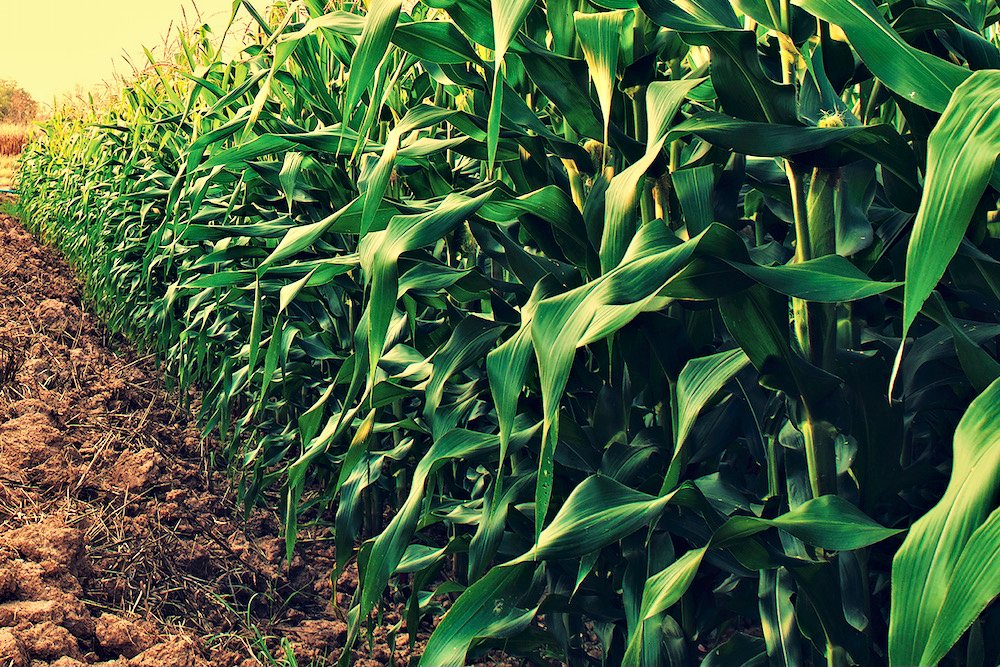How hot can prices get?

Commodity prices have been strong for the past eight months. It’s been a boon for growers, though prolonged periods of decent returns can skew cost of production.
Canadian growers could be open to significant financial hardship if they see sustained price reductions or major production challenges like those experienced in the 1970s and 1980s, after costs go up.
Why it matters: Extended periods of good crop prices and inflation can alter farmers’ measurements of cost of production. Remembering historical highs and lows can highlight where, and to what extent, farm businesses are vulnerable.
While grain prices began to rise incrementally after the coronavirus spring of 2020, corn and soybean markets were energized by sudden and significant demand growth from China. Combined with a weaker American crop and climactic pressures on South American production, soybeans hit record levels.
“That’s how futures prices got much higher. They’re still not hitting record levels though, but the cash price for soybeans did,” says Philip Shaw, farmer and author of Grain Farmers of Ontario’s Market Trend Reports.
“That’s raised the prices beyond what we could have imagined a year ago, or six months ago. Now we’re in a position where we need a big American crop where we can build the supply.
“There was a record Brazil supply of soybeans, but there wasn’t even a whiff of a problem on price. It just kept getting higher.”
The Chinese case reflects policy changes adopted by another red state, the now-defunct Union of Soviet Socialist Republics.
In 1972 the USSR suddenly and significantly increased its grain purchases. Terry Daynard, a Guelph-area farmer who worked with the University of Guelph and the Ontario Corn Producers, recalled two main price spikes over the next eight years.
“They just started buying. Nobody was paying too much attention to begin with but it kept going up and up. Speculators got involved, the price took off,” says Daynard. Good prices weren’t continuous but he remembers the period as “a really good time to be a grain farmer.”
Inflation, interest, and lender policy
Like China now, sudden Soviet Union demand contributed to generally decent times for grain producers. Alfons Weersink, professor in the University of Guelph’s food, agriculture and resource economics department, says supply issues due to weather – dry conditions in Brazil, the American Midwest and Canadian prairies – also occurred in the early 1970s. Concerns about general inflation, as well as crop and food prices, is another resemblance with the modern era.
There are notable differences between then and now, however, including significantly lower inflationary pressure in recent years. There is less upward pressure on interest rates as a result.

photo:
Graph: barchart.com
Weersink says inflation winds have been more erratic in recent months. He cited the price trends of land, food, housing and other examples.
“What that can lead to is higher interest rates. That’s what led to the farm financial crisis in the mid-1980s,” he says.
“We have not had any shake out in the industry for a long time. Hopefully we don’t have a major one.”
Daynard remembers the tough days of the 1980s, with interest rates above 22 per cent prime. He saw neighbours and colleagues lose their shirts when aggressive anti-inflation action fused with commodity lows.
Adding to the problem was the misguided behaviour of many financial institutions.
Daynard says lenders were quick to foreclose on farmers who found themselves in unfortunate financial straits. It wasn’t initially realized that those actions aggravated the situation, though he believes the lesson was eventually learned.
John Geurtjens, past vice-president of operations for Farm Credit Canada and veteran of the farm finance sector, expressed a similar sentiment, adding the number of financial institutions competing for farm clients, and a greater willingness to work with them through difficult times, is now much more significant.
Historical cost-of-production lessons
Differences aside, Daynard questions whether the collective memory recalls the overarching factor in the vulnerability equation: basing cost of production calculations on high prices.
“That’s the danger when you get really high prices for a period of time. People build that into their cost structure,” says Daynard.
“Unfortunately, the most vulnerable are the young people, the innovative people that you want… It’s pretty hard to see how you’re going to make a go of it when buying cropland at $40,000 an acre.”
Weersink and Daynard agree that nobody can accurately predict price and inflation patterns. Despite some concerning similarities with conditions 35 or 40 years ago, modern differences suggest an exact repeat is unlikely.
But while history doesn’t necessarily repeat itself, says Daynard, it sure can rhyme.
Source: Farmtario.com

